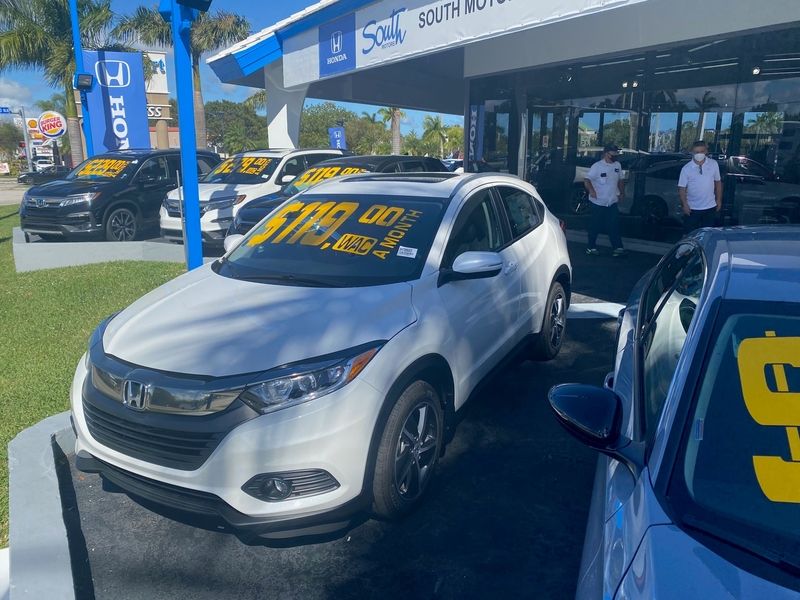
The Federal Reserve’s more aggressive credit tightening plan announced last week could mean auto loan interest rates will begin to rise in the spring, Cox Automotive Chief Economist Jonathan Smoke wrote in a post.
“From a historical perspective, rates would still be low and attractive,” Smoke wrote Dec. 15. “However, that would mean an end to the 2021 financing trend that helped mitigate some of the vehicle price inflation.”
The Fed had kept rates steady and low and made monthly purchases of $80 billion in Treasury bonds and $40 billion in home loans to stimulate the economy during the COVID-19 pandemic. Starting in November, it began to buy $10 billion fewer bonds and $5 billion fewer mortgage bundles each month, which would have wound down the practice completely in June. The federal funds rate was to remain at 0 to 0.25 percent indefinitely until certain inflation and employment conditions existed.
But on Dec. 15, the Fed announced it would double the reduction in bond and mortgage purchases starting in January, which would end the practice by April 1. And according to Smoke, the Fed indicated it would raise the federal funds rate by 0.25 point on three occasions next year.
Both the rate and purchasing have a ripple effect upon auto loan interest rates.
Longer-term bond yields rose “modestly” that day because of the Fed’s actions, according to Smoke. He wrote these yields have a greater impact on auto loan interest rates — which fell in November and “started December moving even lower to what are historic all-time lows” — than the Fed’s short-term rate plan.
Smoke wrote that consumers might have reached a floor for auto interest rates, which could begin to increase once the Fed stops buying bonds in April. He estimated “consumers will likely see auto loan rates higher by at least a third of a point to potentially three-quarters of a point by the end of next year.”
The Fed on Dec. 15 released projections through 2024 of how the federal funds rate might rise — projections which anticipated higher increases than the Fed had estimated in September.
The Fed projected that 2021’s 0.1 percent average federal funds rate would climb to 0.9 percent in 2022; in September, the Fed had only expected it to reach 0.3 percent next year.
The timing of possible auto interest rate increases could contribute to what Cox had already projected would be a hot auto market in the spring.
Smoke earlier in December told Automotive News he felt the Manheim used-vehicle price index peaked for 2021 in November, but “it’s entirely most likely” it would rise even higher in the first half of 2022 as Americans seek to buy cars with their tax refunds. After that, used-vehicle prices would begin to depreciate at a normal rate, Smoke said.
Rising interest rates can also at first juice vehicle sales, for consumers might seek to lock in loans before annual percentage rates rise again, according to Smoke.
He told a Dec. 9 webinar a “burst of demand” would likely arise when rates increase.
“Consumers get the message,” he said.

